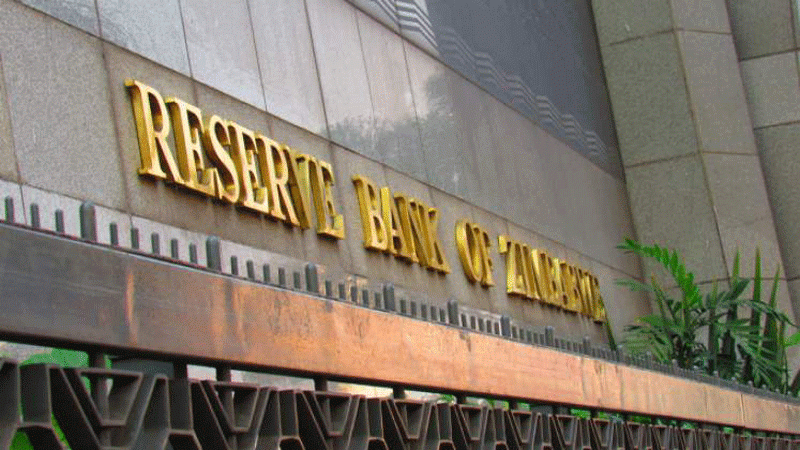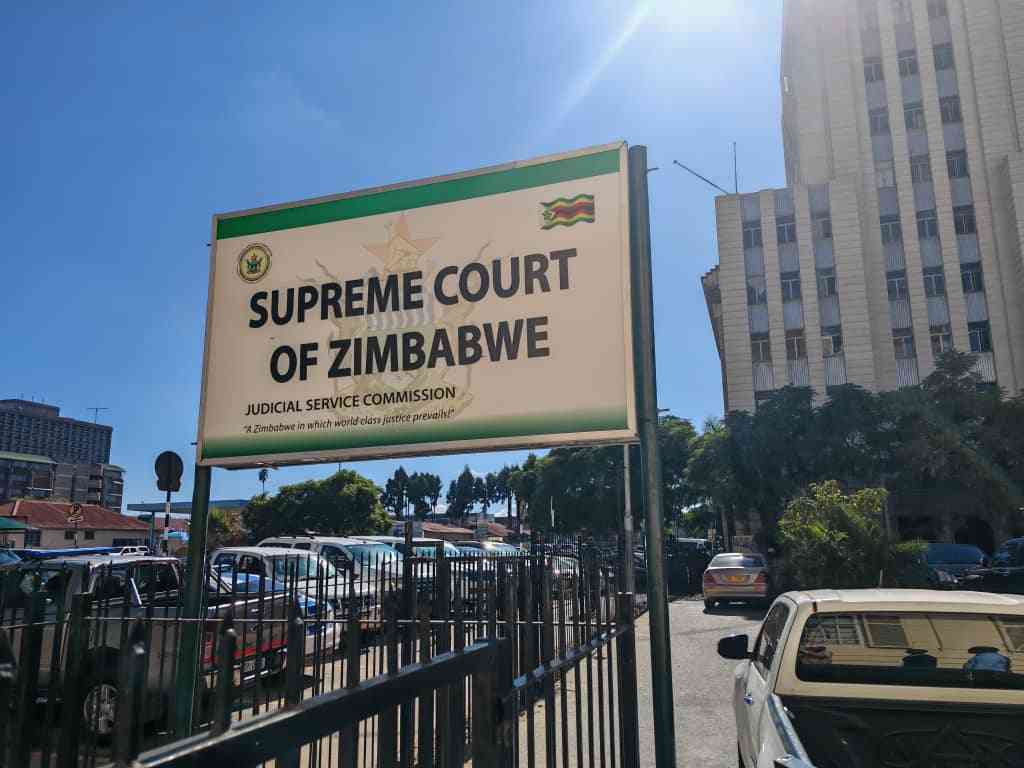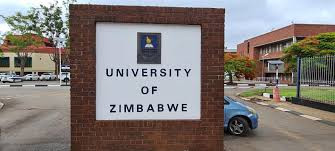
THE latest report by international investigative agencies — Sentry and Open Secrets — has exposed how Zimbabwe may have attracted a huge unaccounted-for public debt through Treasury Bills issued by the Reserve Bank of Zimbabwe (RBZ) between 2014 and 2018.
The joint investigation exposed how State coffers were bled through abuse of loose systems within the banking sector, with some business operators linked to the country's top leadership taking advantage of the Treasury Bills to line their pockets.
Titled, Fronts, Fakes and Facades: How South African and Mauritian enablers helped move millions from Zimbabwe to Britain, the report focused on alleged illicit financial flows facilitated by one of President Emmerson Mnangagwa’s advisors.
It details how the tycoon moved money from Zimbabwe to London and how Treasury Bills were used to plunder government resources.
Treasury Bills are short-dated securities used by the government when borrowing from the market.
“A hypothetical Treasury Bill for $100, with a maturity date of one year and a coupon (interest) rate of 5%, could be redeemed for $105 in cash after a year. In practice, some recipients of Treasury Bills sold them to banks for a 10–15% discount in order to access the cash earlier,” the report read.
“Treasury Bills were a major source of the short-term debt issued to finance Zimbabwe’s public spending between 2014 and 2018, often bypassing parliamentary processes required to approve publicspending and loans.
“They were also a major source of the country’s domestic debt, which reached $9 billion in 2019.
- RBZ blocks Harare US dollar charges
- Industry cries foul over new export surrender requirements
- One stitch in time saves nine
- Banks keep NPLs in safe territory
Keep Reading
“The central bank’s role in issuing and redeeming these Treasury Bills without parliamentary oversight was fiercely criticised by the Zimbabwean Parliament’s Public Accounts Committee.”
The report added: “The committee questioned how the central bank did not recognise that it could not contract any public debt without the approval of Parliament.
“Debt should not be issued outside Parliament and without approval in an Appropriation Act.”
According to the report, Statutory Instrument (SI 33) which re-introduced the Zimdollar after a decade of dollarisation left some creditors counting losses.
“The result was great news for those with US dollar-denominated debts, as the domestic currency rapidly weakened, but terrible for some of those with US dollar-denominated assets,” the report said.
“By the end of 2019, it took 16 Zimbabwean dollars to buy one US dollar, according to the official RBZ exchange rate. By the end of 2021, it took 108 Zimbabwean dollars, and by September 2022, one US dollar cost 622 Zimbabwean dollars.
“Zimbabwe’s Supreme Court heard a test case in which a court-enforced debt payment of US$3,9 million was worth only US$144 788 when it was paid in Zimdollars in May 2019, after SI 33 came into force.
“The court ruled in favour of the debtor.”
Previous reports by The Sentry have revealed high level corruption in Zimbabwe, but no action has been taken against those who were implicated.










